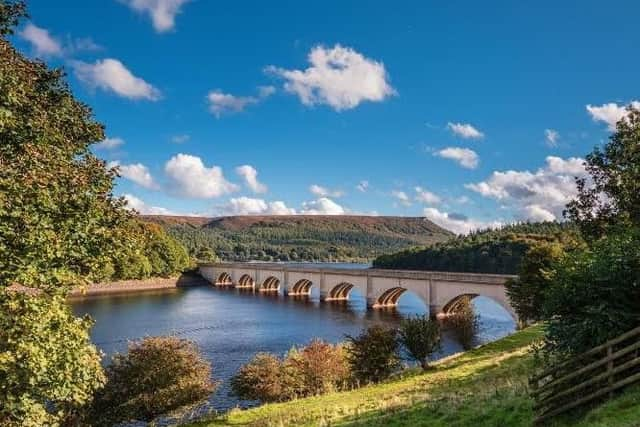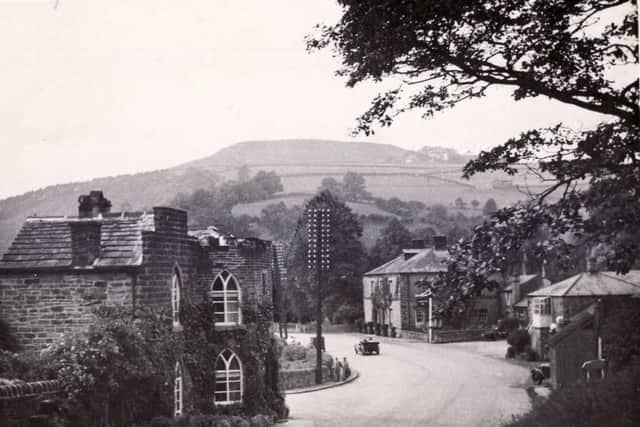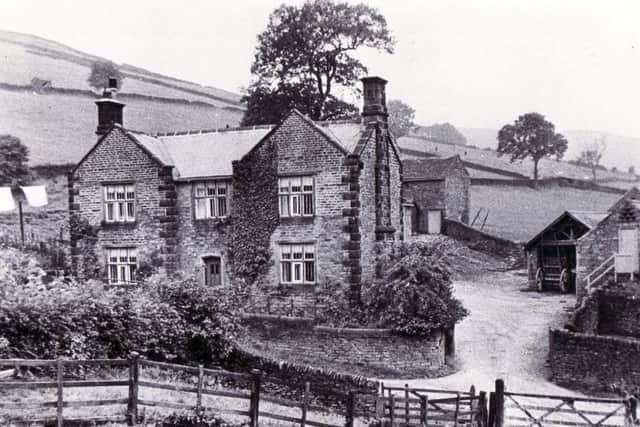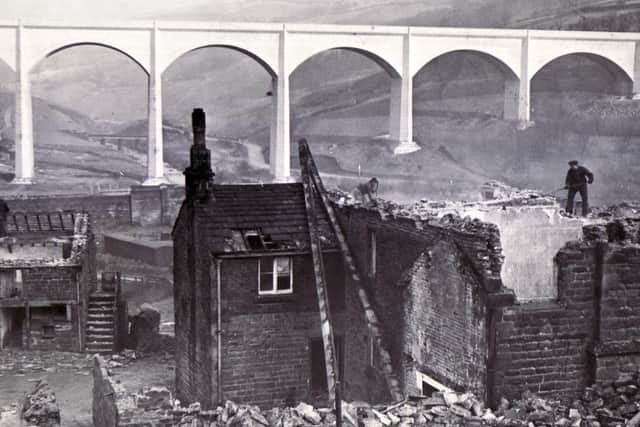Rare photos of 'drowned' village flooded to serve Sheffield set to be auctioned


Ashopton in Derbyshire was sacrificed in 1943 to make way for the huge reservoir to serve the growing population of Sheffield and other local towns and cities.
Now a collection of vintage photographs of the village before it was lost are set to come under the hammer.
Advertisement
Hide AdAdvertisement
Hide AdThe remains of Ashopton, dubbed Derbyshire's Atlantis, still lie deep beneath the Ladybower waters, with the remnants of a church, houses and other buildings all consigned to a watery grave.


The horde of postcards which will come up for auction show the village in the late 19th and early 20th century when it had a population of about 100 people.
Ashopton also boasted a 17th century hall, a toll cottage, a Georgian coaching inn and dozens of cottages. The collection also contains photos of neighbouring Derwent, which was drowned by the Ladybower Reservoir.
Most of the buildings were demolished before the waters poured in, but Derwent's church spire was left to form a memorial. However Ashopton will never re-emerge as silt has already covered the remains of its buildings.
Advertisement
Hide AdAdvertisement
Hide AdThe postcards have been consigned for auction by a collector from Derbyshire.


The vendor, who wishes to remain anonymous, was fascinated that there was a lost village so close to where she lives - and has amassed the collection of postcards over the past 30 years.
She said: 'These postcards are like gold dust. I dealt in postcards for many years as we used to have a shop in Derbyshire. I became fascinated by the story of Ashopton.
'Whenever I came across a postcard of the village it was a great find because you hardly ever saw one. This is a treasured album and I doubt there is another one like it anywhere else in the world.'
Advertisement
Hide AdAdvertisement
Hide AdCharles Hanson, owner of Hansons Auctioneers, said: 'It's hard to believe in today's world, where conservation is so important, that the government would allow two picturesque villages to be submerged under water.


'The history books tell us that there was strong opposition to the move but the authorities insisted more water was needed to serve Derby, Nottingham, Leicester and Sheffield.'
The photos are tipped to sell for just £50 at the auction taking place in Etwall, Derbyshire, next Wednesday.
A crowd of 25,000 watched the official inauguration of the reservoir on September 25, 1945 by King George VI, who unveiled a plaque.
Advertisement
Hide AdAdvertisement
Hide AdThe king unlocked the gates leading to the embankment and operated the release valves, causing water to flow from the reservoir.


The spire of Derwent parish church was the last significant building in the villages to disappear from view.
It was dismantled in 1947 because of safety concerns.
The myth that the church bells could be heard ringing as the waters rose is just that: the bells had been removed years beforehand.